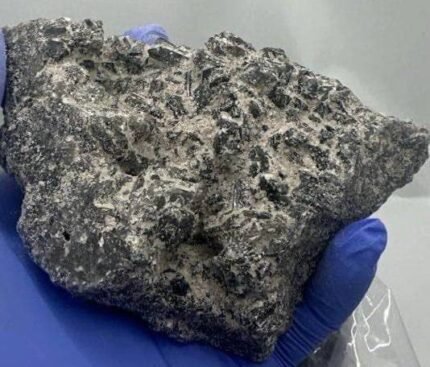20mg OXYCODONE K57
Details for pill imprint K 57
- Drug
- Oxycodone
- Imprint
- K 57
- Strength
- 20 mg
- Color
- Gray
- Shape
- Round
- Size
- 6mm
- Availability
- Prescription only
Pill Classification
- National Drug Code (NDC)
- 107020057 - KVK-Tech, Inc.
600MG GABAPENTIN
What organ does gabapentin affect?
In rare instances, gabapentin can cause DRESS (drug reaction with eosinophilia and systemic symptoms) syndrome. This is a severe allergic reaction that can cause damage to major organs, including the liver and kidneys. If you have existing kidney problems, you may need a lower dose of gabapentin.
Cocaine
Cocaine, derived from the coca plant, has limited medical uses, primarily as a topical local anesthetic and vasoconstrictor.
Its numbing properties make it useful during certain surgical procedures, particularly those involving the nose, throat, and upper airways. It can also help control bleeding by constricting blood vessels
Crystal Methamphetamine (Ice)
Who uses crystal methamphetamine?
Crystal methamphetamine is used
by individuals of all ages and is
increasingly gaining in popularity as a
club drug. It is difficult to determine
Who uses crystal methamphetamine?
how many individuals in the United
States use crystal methamphetamine
because most illicit drug use surveys do
not distinguish between crystal meth-
amphetamine and powdered metham-
phetamine. Those surveys that do draw
such a distinction reveal that use of
crystal methamphetamine is prevalent.
According to the University of
Michigan’s Monitoring the Future
Survey, nearly 5 percent of high school
seniors in the United States used crys-
tal methamphetamine at least once in
their lifetime and 3 percent used the
drug in the past year.
Fentanyl Powder (Pure)
Fentanyl
Fentanyl is a synthetic opioid, a meperidine congener of the phenylpiperidine series. It is a pure opioid agonist with a high affinity for the μ receptor. It is about 75 to 100 times more potent than morphine as an analgesic. Fentanyl is very commonly used in anesthetic practice owing to its high potency and quick onset and offset of action.
Heroin
Heroin is increasingly found laced with fentanyl, a more powerful, synthetic opioid.
Short-term effects of heroin
How quickly heroin affects you depends on how you take it.
When you inject heroin into a vein, it reaches your brain and produces a rush of well-being (euphoria) within seconds. The effects last anywhere from 45 seconds to a few minutes.
Smoking or snorting produce effects just as quickly, but they are less intense.
When you inject heroin into a muscle or under the skin the effects occur more slowly, usually within 20 minutes.
After the quick ‘rush’ of well-being a period of calm follows. This may last up to about an hour. Other short-term effects may last for about 3 to 5 hours.
To avoid symptoms of withdrawal, people who use heroin may feel the need to use it every 6 to 12 hours.
Ketamine
Doctors use ketamine to induce general anesthesia alone or with other general anesthetics, such as nitrous oxide. They use it in the emergency department setting to produce short-term sedation whenTrusted Source:
- reducing fractures
- treating joint dislocations
- repairing wounds in uncooperative individuals, such as children
Treating pain
Practitioners use low doses that do not produce dissociation to relieve severe pain from the followingTrusted Source conditions:
- trauma
- fractures
- abdominal pain
- arm or leg pain
- low back pain
Treating status epilepticus
Status epilepticus is when a person has a seizure that lasts longer than 5 minutes or has more than one seizure within 5 minutes.
Refractory status epilepticus (RSE) is a form of status epilepticus that does not respond to standard antiseizure drugs. It is a severe disease that can cause brain damage and death.
Treating depression
Research has found that ketamine can quickly relieve depression in people who do not respond well to other treatment.
Treating anxiety
Research into the use of ketamine for anxiety is scarce, but there is evidence that it has fast-acting, anxiety-relieving effects. A 2022 review noted that studies use such varied protocols for treating anxiety with ketamine that it is difficult to draw clear conclusions about its effects.













